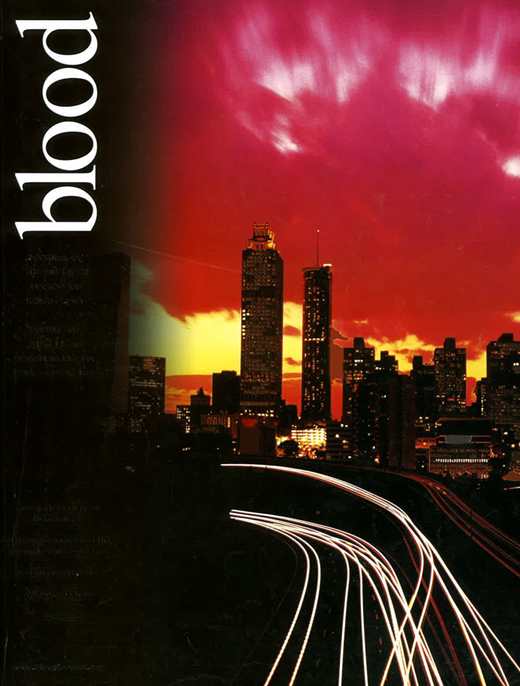Abstract
Background. It seems that the population of leukemia stem cells (LSCs) have fundamental importance in the origin and maintenance of the acute myeloid leukaemia (AML). Eradication of LSCs is a new goal of AML therapy. We hypothesized, that by monitoring of minimal residual disease (MRD) and its dynamics in different compartments (peripheral blood, PB; bone marrow, BM; sorted CD34+ BM cells; and CD34- BM cells) it would be possible to find some patterns reliably predicting clinical relapse. Aims. To find which compartment is the best for MRD monitoring and whether it would be possible to treat the disease in the phase of molecular relapse in order to prevent the hematological relapse.
Methods. MRD monitoring, in average once or twice per month, was performed in all phases of treatment, and was done even more frequently in the cases of unstable MRD. RQ PCR for fusion transcripts (CBFB/MYH11, RUNX1(AML1)/ETO or fusion transcripts of MLL gene) and WT1 gene was used. Molecular relapse was defined as reappearance of the fusion transcript detection or its 10-fold increase, repeatedly detected. Some patients with already known MRD dynamics and high probability of imminent hematological relapse were treated at the time of molecular relapse. Results. In 67 AML patients and 6 healthy volunteers, 2352 BM or PB samples were examined, including 265 samples from CD34+ BM cells. Follow up was 31–287 weeks (median: 113 w). The correlation between the fusion transcripts levels in BM and PB was excellent (r=0,9676). The correlation between WT1 PB and BM levels was far less satisfactory. Since the WT1values did not mostly reach zero values even if the level of fusion transcript was 0, we wanted to find some “normal” value for WT1. Using the ROC curves, however, we were not able to find any WT1 level being a confidential marker of molecular remission in either compartment (PB, BM, CD34− or CD34+). In relapsed patients, the time from molecular to haematological relapse was 8 – 79 days (median: 25 d). In the cases of subsequent development of haematological relapses, the levels of fusion transcript in CD34+ BM cells were one order of magnitude higher than in the BM or PB, even in the case of CD34- blasts. Nine patients were treated for 17 molecular relapses with following results: chemotherapy, CR=2, PR=3, NR=1; gemtuzumab ozogamicin, CR=3, PR=1, NR=3; IL-2±DLI, CR=3, NR=1 (PR was defined as a decrease in fusion transcript level at least 10-fold, CR as a decrease to 0). Patients with CD33- blasts at diagnosis did not respond to gentuzumab ozogamicin. Non-responsiveness to one treatment option did not mean non-responsiveness to another treatment.
Conclusion: Frequent quantitative monitoring (especially in CD34+ BM cells) of fusion transcripts (in contrast to WT1) is useful for reliable prediction of haematological relapse in AML patients. PB seems to be sufficient for frequent outpatient MRD monitoring. Efficient targeting of LSCs will be essential for AML cure, however, the best method is currently not known. Some now available procedures are sometimes surprisingly successful.
Supported by Research Grant MSM 0021622430.
Author notes
Disclosure:Research Funding: Supported by Research Grant MSM 0021622430, Czech Republic. Off Label Use: Gentuzumab ozogamicin therapy for molecular relapse of acute myeloid leukemia.

